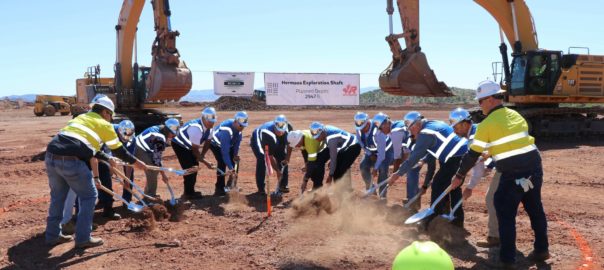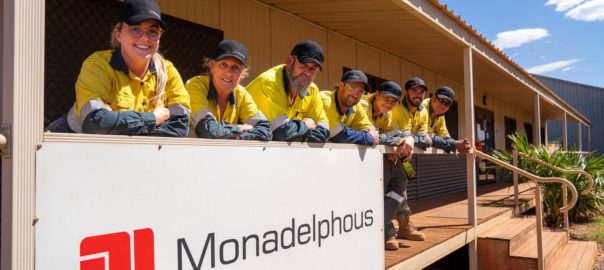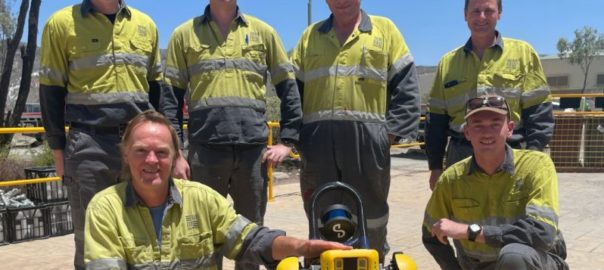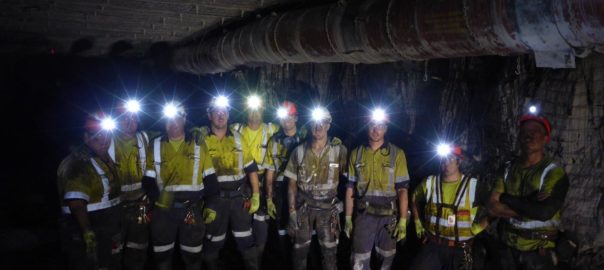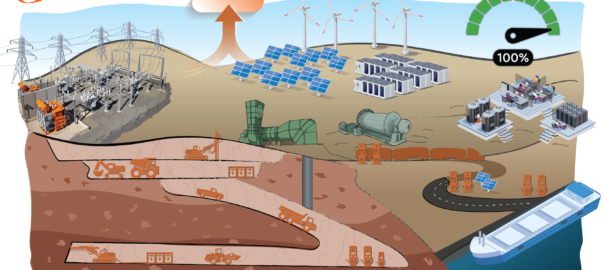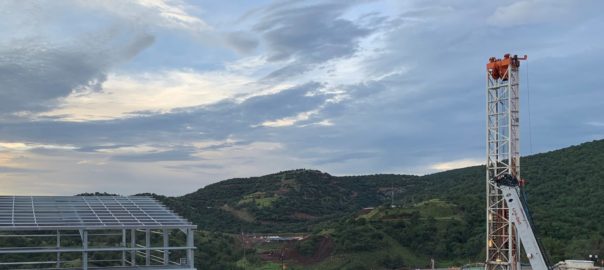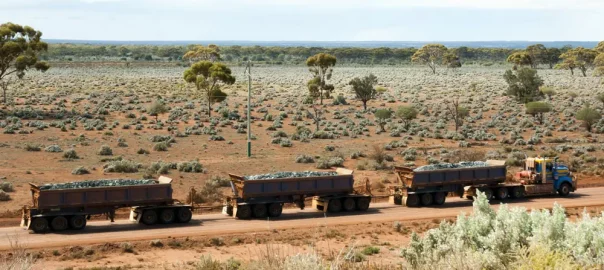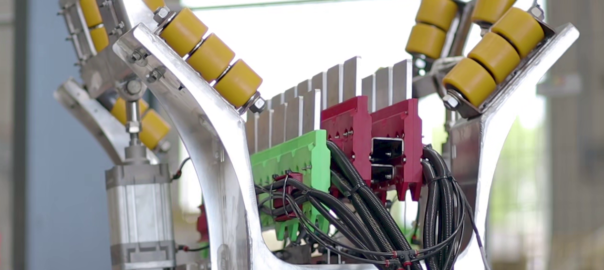DMC Mining Services says it has added a Boart Longyear LF™160 surface coring drill rig to its equipment arsenal at the Sierra Gorda copper-molybdenum mine in Chile, adding to the four pieces of equipment it already has on site.
The LF™160 is a surface diamond exploration rig with up to 1,800 m of NQ capability. This tool enhances safety and increases productivity by allowing 100% hands-free drilling when operating in conjunction with the FL262 FREEDOM™ rod handler, and is also CE Certified, DMC says. It is equipped with an inner tube that will allow drillers to retrieve a full 6-m inner tube out of the rod string using the wireline winch, according to FLSmidth.
DMC’s contract at Sierra Gorda, owned 55% by KGHM 55% and 45% by South32, was one of five new agreements it was awarded at the end of 2019. It is also carrying out work at KGHM’s Franke mine, in the Antofagasta region of Chile.









